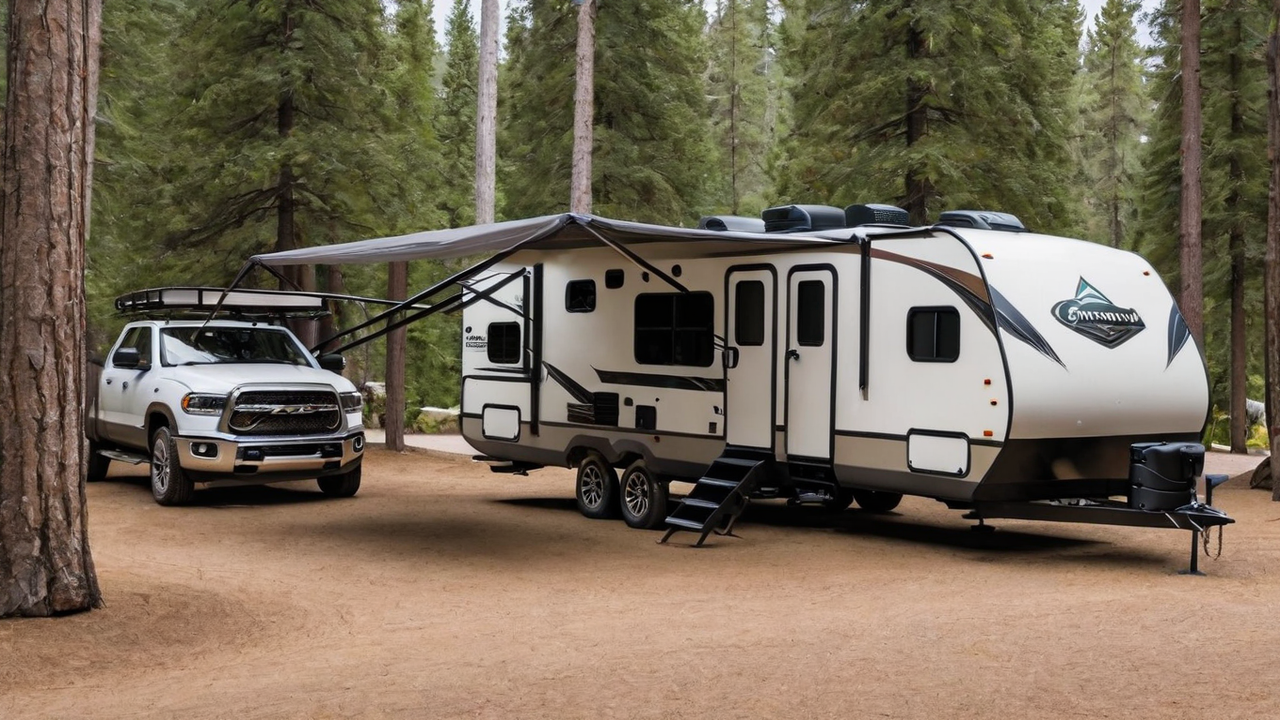Designing the Optimal User's Interface: Design Guidelines for Campground Software
Designing the Optimal User's Interface: Design Guidelines for Campground Software
Blog Article

Comprehending Your Audience
Understanding who your intended users is crucial in crafting an effective user's experience. It's important to consider your requirements, preferences, and tech competence. Such knowledge directs every design choice, ensuring that your software becomes user-friendly and easy to use.
Understanding the audience likewise means recognizing their challenges and the way they plan to utilize the camping software. This allows the designers to tailor functions and functionalities that address specific requirements, making your software not only helpful but also indispensable.
Streamlining the Navigation System
Simplifying your navigation can be one critical aspect of interface designing. A clear navigation structure makes sure users can readily find what they're searching for, reducing frustration and improving satisfaction levels. It's about the experience within the app as effortless as possible.
Furthermore, effective navigation guides users through your software, showcasing features and tools that they might otherwise miss. Such an approach not only boosts usability but also encourages deeper interaction with the campground software full array of capabilities.
Integrating Premium Visuals
Graphics play a vital role in making a engaging UI. Visuals help in breaking up monotony and can convey features more clearly than words alone. Selecting the appropriate images, icons, and color schemes can improve the overall aesthetic of the application, thereby making it more appealing to your eye.
Moreover, a consistent visual style is for creating a strong brand identity and trust among your users. Each element must be in alignment with the brand's principles and the message of your application, creating a seamless user experience that is both polished and welcoming.
Enhancing the Responsiveness
In the current digital world, users demand camping software to be responsive on every platforms, from desktops to smartphones. An responsive interface ensures that regardless of what screen size, your software offers an uncompromised user experience. This not only boosts usability but likewise caters to the users’ on-the-go lifestyle.
Moreover, enhancing your software’s responsiveness can also result in better performance, decreasing the loading time and avoiding frustration. Users value a speedy and smooth experience when accessing campground applications, and this makes speed an element in satisfaction levels.
Enhancing the Search Functionality
Finding info swiftly is key in any software, particularly in campground software systems. Enhancing the search functionality allows users to quickly discover exactly what they're looking for, which enhances user satisfaction and productivity. Through advanced search capabilities, you reduce user frustration and boost general satisfaction.
Furthermore, complex search options like filters and tags can assist in narrowing down search results, making it search process more effective. Implementing these features shows an understanding of the users' needs and a commitment to enhancing the user’s interaction with your campground system as seamless and effective as possible.
Prioritizing Security
Security is a top priority when it comes to designing campground programs. Your users want to be secure when providing their private data. Guaranteeing tight security measures not only protects the data but also builds trust between the user and the brand.
Beyond basic security features like passwords and encryption, consider implementing additional security measures such as two-factor authentication or biometric verification. These features provide an extra layer of security, ensuring that user data is kept safe from unauthorized access.
Leveraging Feedback
Listening to feedback is crucial for continuous enhancement of the campground software. It allows developers to understand what works, what doesn’t, and how the software can be improved to meet user expectations. Actively seeking this type of feedback builds a partnership between your customers and your development team, making them feel they are part of the product's evolution.
Using this feedback into account can result in tangible enhancements in user interface design and overall user experience. Implementing changes based on user input proves that your brand cares about its users and is committed to providing a high-quality product.
Keeping the Simplicity
In the realm of UI design, the principle of simplicity is golden. A overly complicated UI can confuse the users, resulting in a poor user experience. Keeping things simple, on the other hand, helps your software more intuitive and user-friendly. This encourages greater engagement and satisfaction levels.
Moreover, keeping simplicity should extend to your software’s content and functionality. Avoid unnecessary features that do not contribute real value can ensure that your UI remains explore more uncluttered and focuses on the essential needs of the end-users. By, you create a more streamlined and effective user experience that resonates with your audience.
Report this page